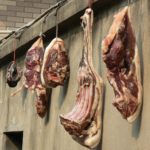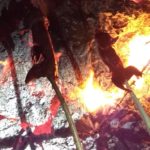Domestic pigs are a typical gift from a Mentawai family to a shaman for his support or services. In our case, Aman Aru attended a ceremony in a neighboring Uma (family home in the forests), which had to be cleaned from evil spirits. After the ceremony and lots of food, we returned late at night to our Uma with a live piglet packed in strings of sago leaves.
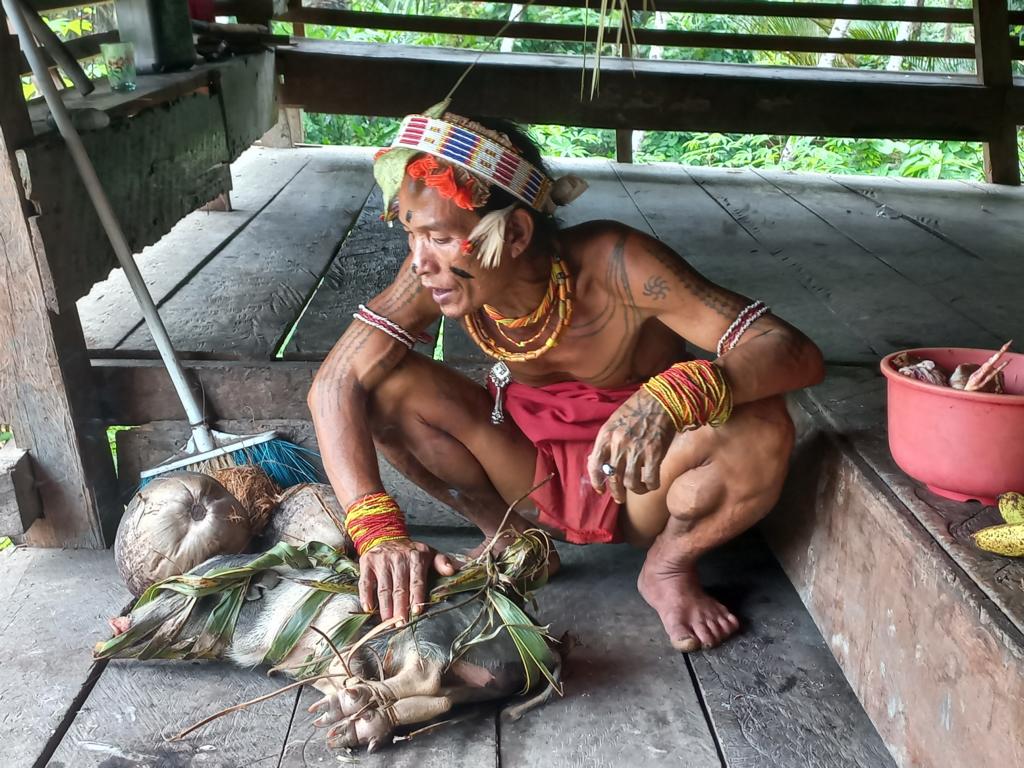
Shamanic ceremony and slaughtering
Unfortunately, I was so impressed by the chanting of Aman Aru that I forgot to record the ceremony. When it was over and death spelled, I only started recording the above video.
The content of the chanting was similar to that done with chicken, but it lasted about double as long. Aman Aru told the spirits that killing the piglet is not done for fun or other lowly interests but is necessary to convey to the spirits that people expect something in return for their sacrifice. And the soul of the sacrificial animal was promised an honorable place in the Uma. He also told them how highly he is regarding this piglet.
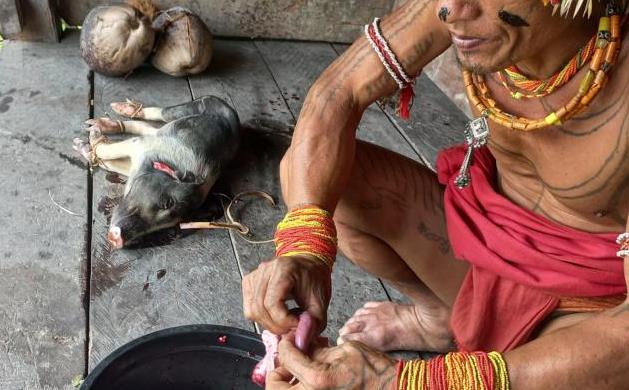
My interpreter and I slaughtered the animal in the traditional Mentawai way. One person held the snout and hindlegs, and the other person stuck a long knife into the middle of the neck and opened the carotid arteries. This was just a stab into the neck, and it did not open the throat.
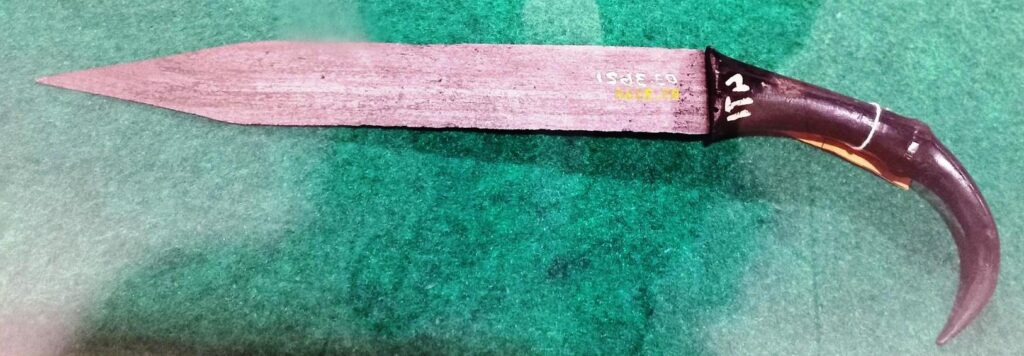
Traditionally, Mentawais use a so-called Palitai, a long, double-edged knife with a crooked handle.
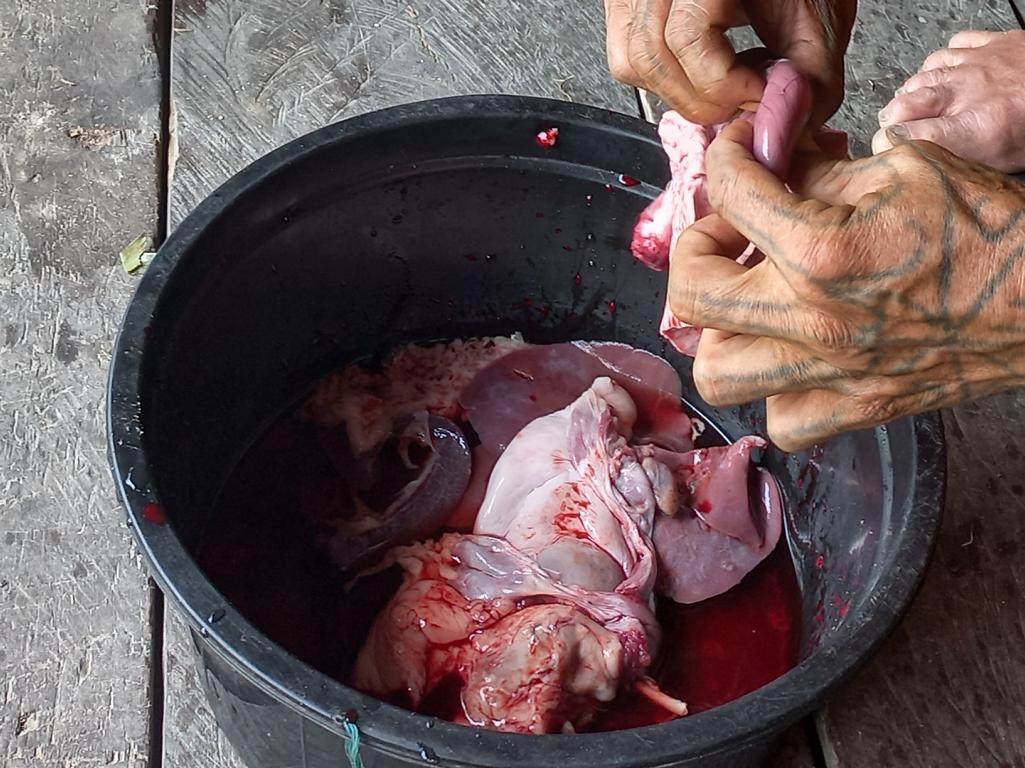
After slaughtering, the heart and liver were removed from the carcass, and the coronary arteries of this ritually killed pig were examined. From their conditions, Aman Aru could tell that the spirits had accepted the sacrifice and were ready to accept the expected return.
Further processing of the piglet
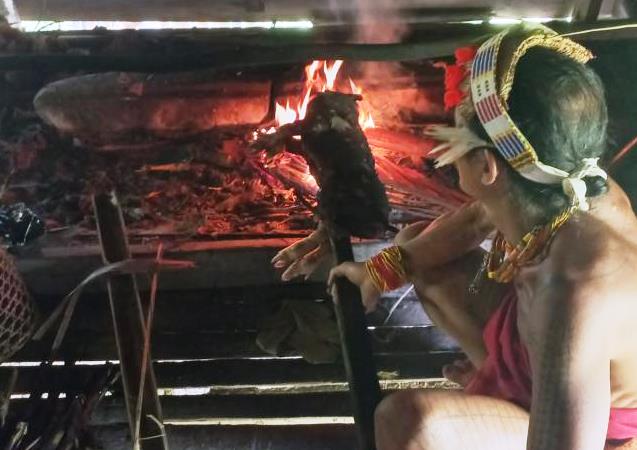
Like wild game, all hairs and bristles were singed off from this piglet over an open fire.
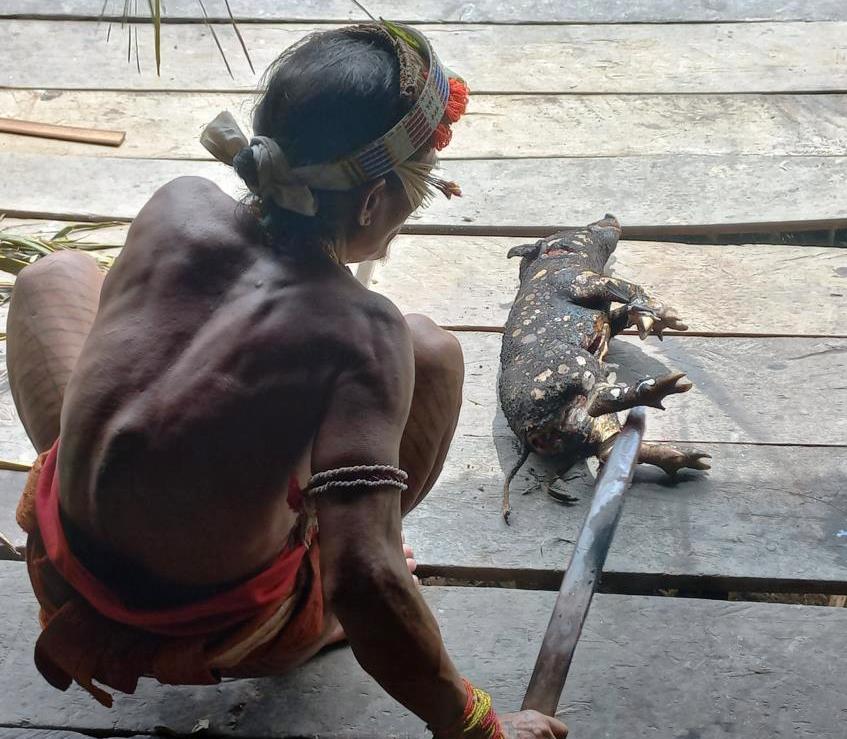
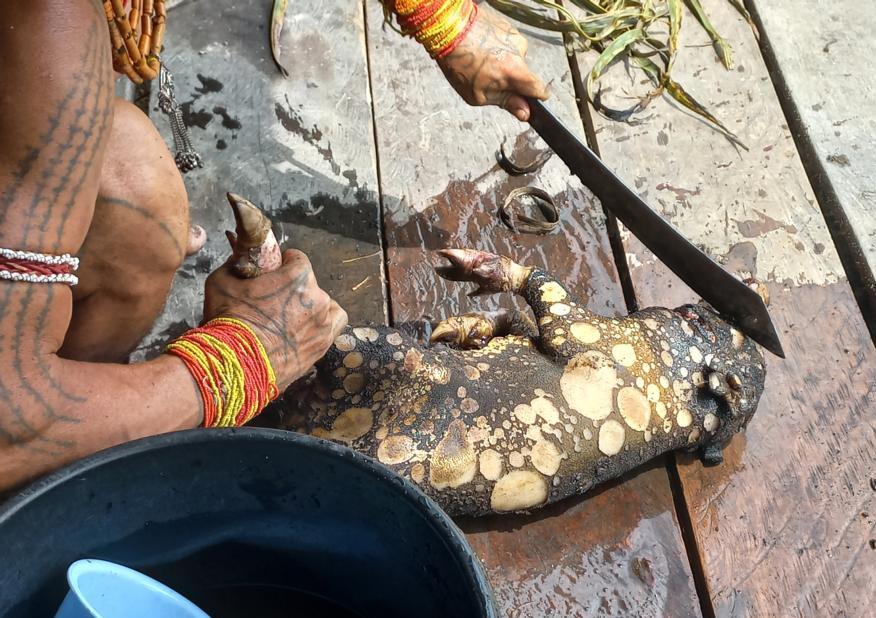
After that, the remaining smoldered bristles and heavily burnt areas were scrapped with water. Also, the hooves were removed.
Cooking the piglet
After cleaning, the piglet was cut into 5x5cm / 2×2’’ pieces and vigorously boiled in a large cast-iron pot. No spices or vegetables were added. One shoulder blade was left intact, and after boiling, the clean bone was hung under the roof in the frontal part of the Uma.
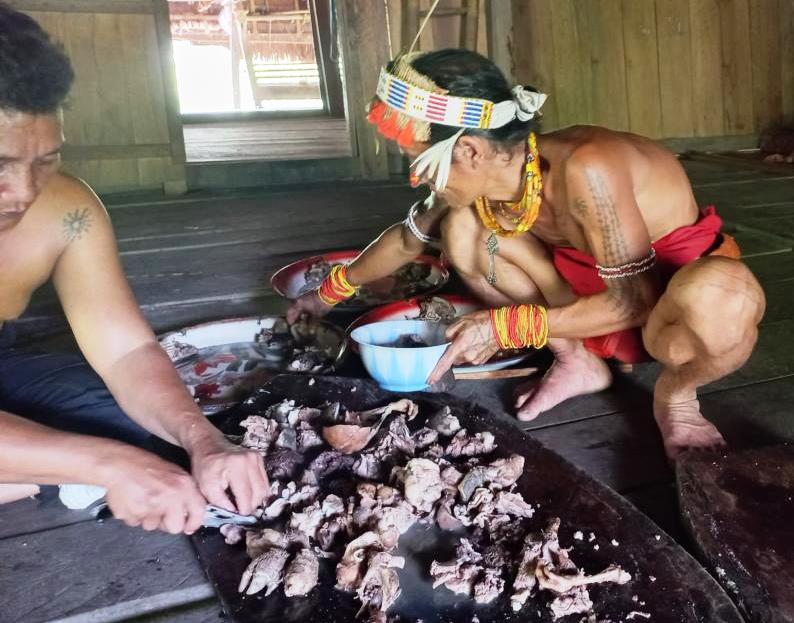
After cooking, all the meat was removed from the pot and ladled onto a large wooden plate. From there, Aman Aru divided all pieces of meat evenly among the various eating groups.
When having communal dinner, we ate these pieces of pork together with sago sticks and taro dumplings rolled in grated coconuts. The only condiment was a bit of salt. The fatty pork complemented the starchy side dishes very well.
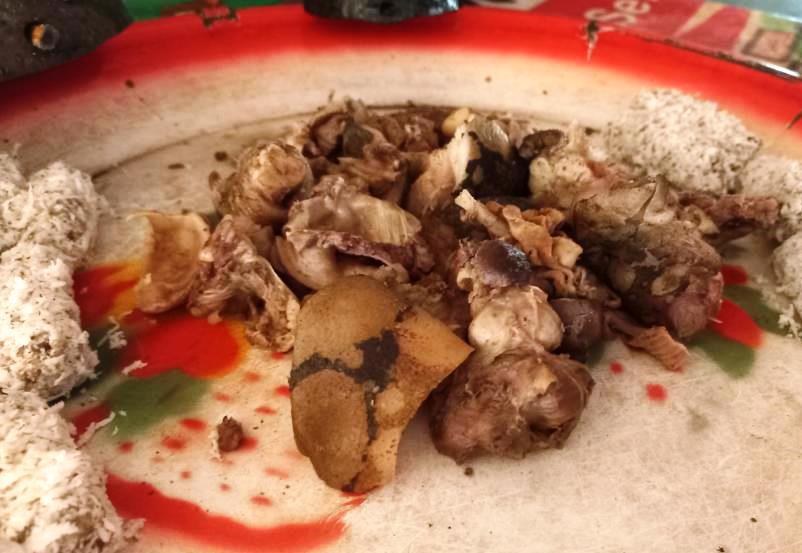
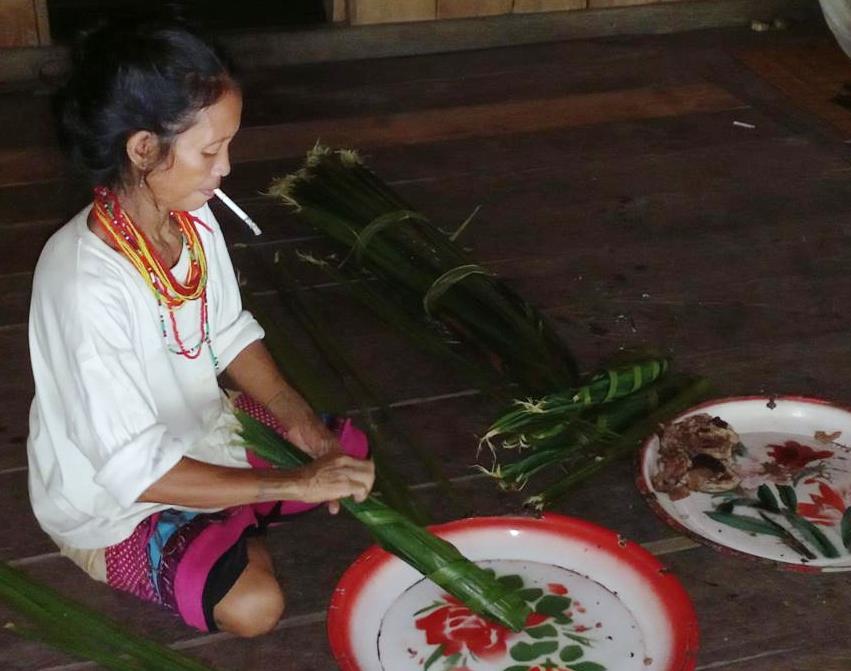
The remaining pork was packed into sago leaves and sent to relatives and neighbors to Umas in the surrounding forest.
Aman Aru ensured that every recipient of these meat packets got a similar amount. In the warm and humid climate at Siberut Island, uneaten meat will spoil very soon.
Lessons learned from processing domestic pigs by the Mentawai people:
- Piglets are a popular gift for the services of a shaman.
- They are stabbed with a long, two-edged knife called Palitai.
- All the hair and bristles will be singed off.
- The whole piglet will be cut into small pieces and boiled vigorously.
.




